Nestled in Amphoe Mueang, Thailand, the Salt Evaporation Pond is a unique natural wonder that showcases the ancient technique of salt harvesting. Visitors can immerse themselves in the stunning surroundings while learning about the fascinating processes involved in salt production.
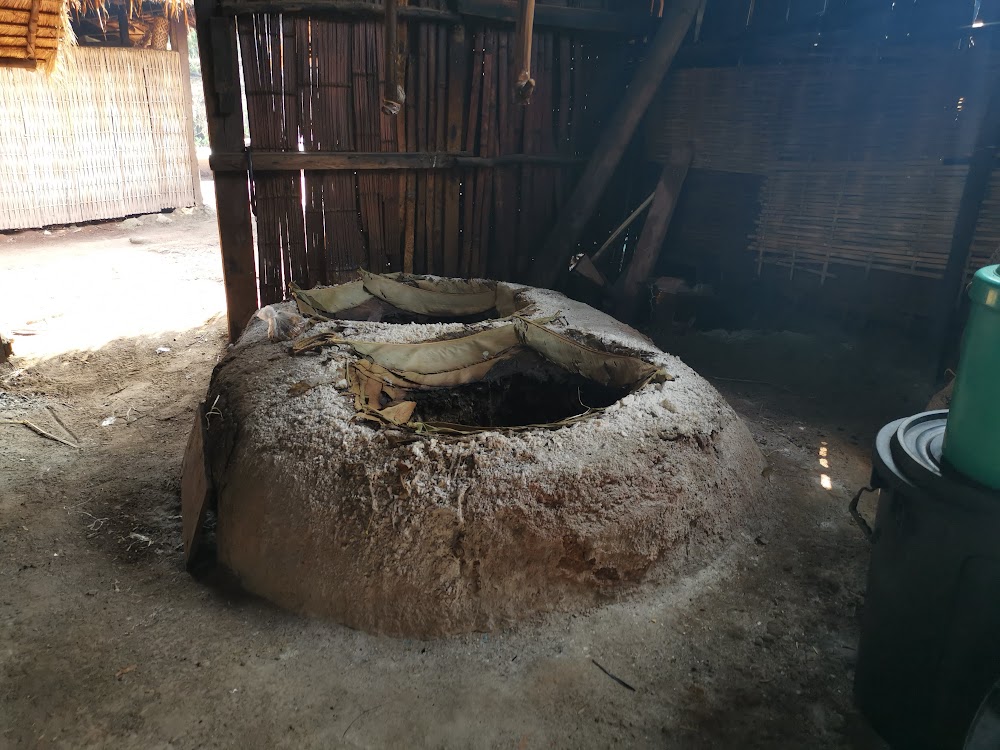
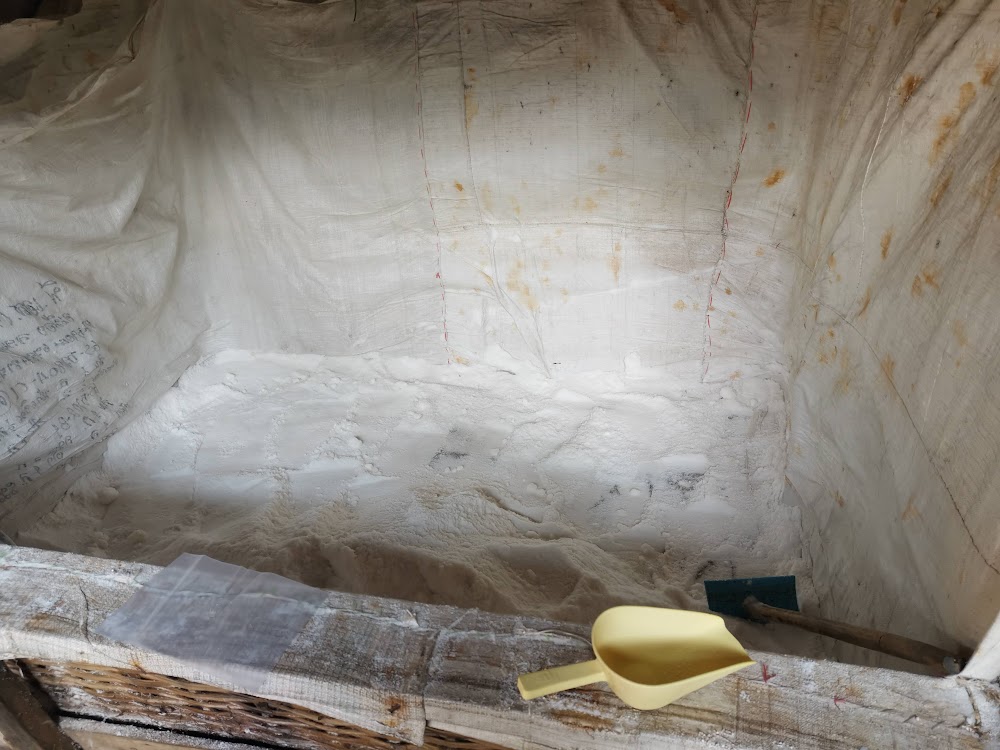

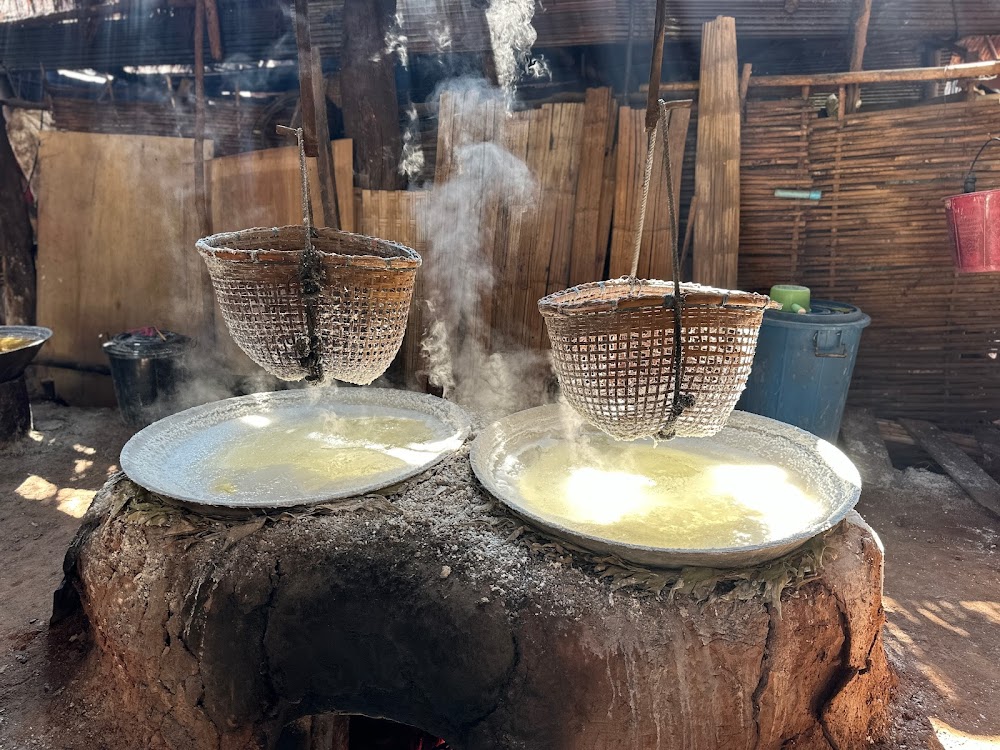




The Salt Evaporation Pond, located in scenic Amphoe Mueang, Thailand, invites travelers to witness the intriguing process of salt extraction from brine water. As sunlight warms the waters, the evaporation process gradually transforms them into crystallized salt, creating a mesmerizing landscape of sparkling white deposits. This destination not only highlights the local tradition of salt farming but also offers an opportunity to explore the region’s rich ecological diversity. Tourists can stroll along the levees, engage with local artisans, and enjoy the serene beauty of the setting while gaining insights into sustainable practices. The pond serves as an educational hub, demonstrating the significance of salt production to the local economy and culture. A visit to the Salt Evaporation Pond is ideal for those seeking a unique experience that blends nature, tradition, and local heritage while also providing breathtaking photographic opportunities.
Salt Evaporation Pond (เมืองสมุทรสาคร, ไทย) - รีวิว - ThailandAgoda.com
Attractions
6 miles
0.00 miles

0.00 miles
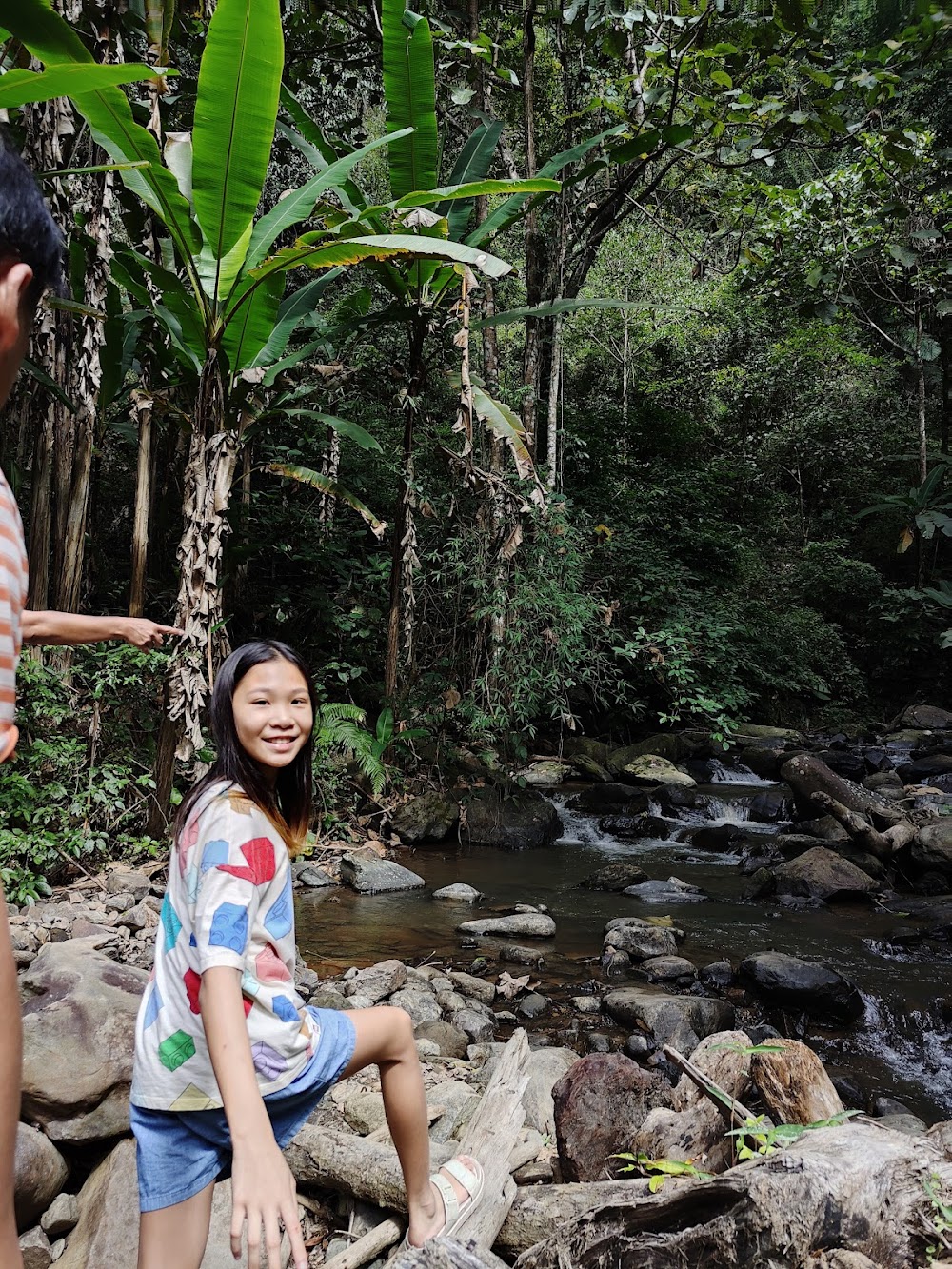
0.00 miles

0.00 miles
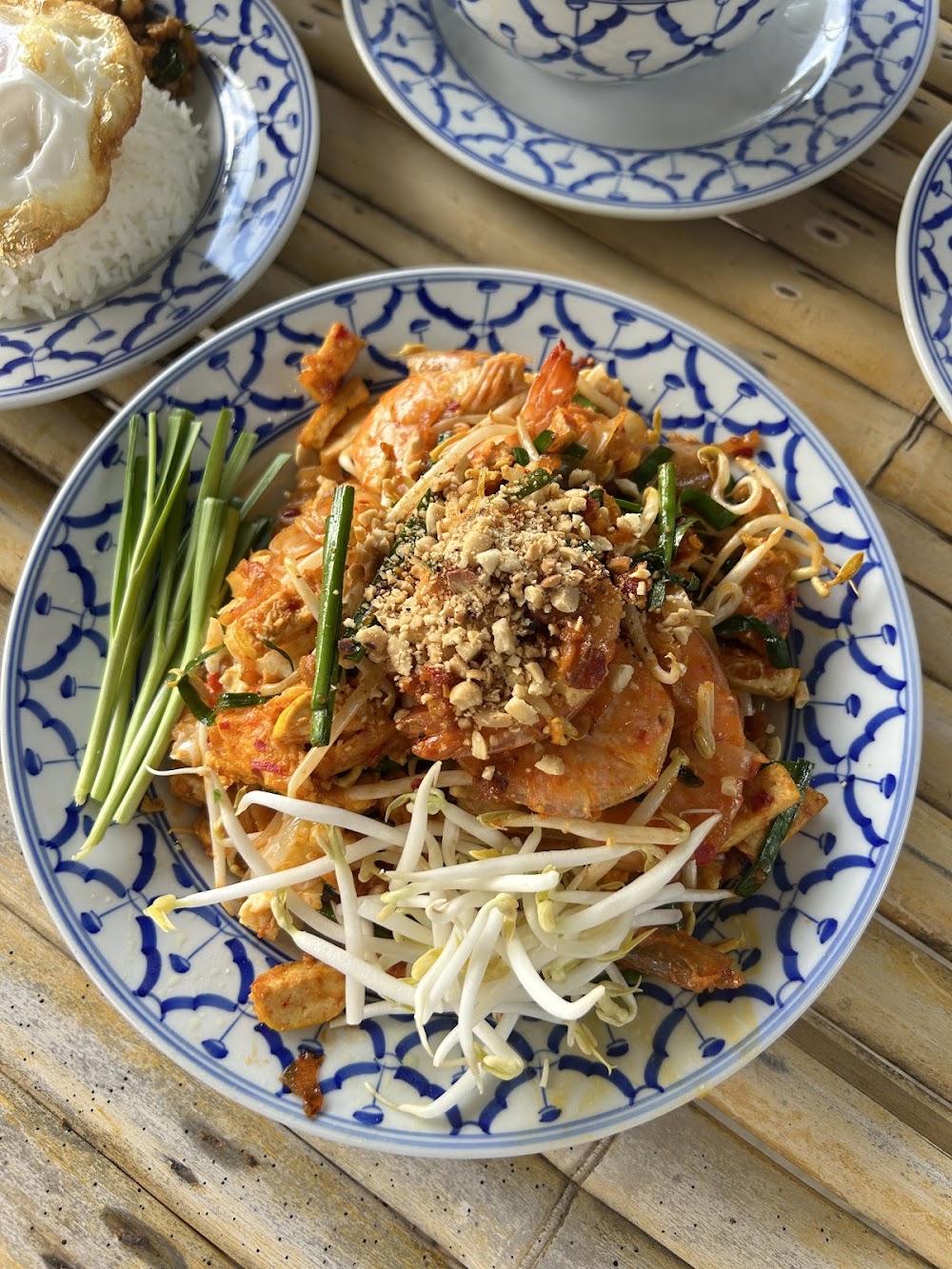
0.26 miles
0.30 miles

0.31 miles
0.42 miles
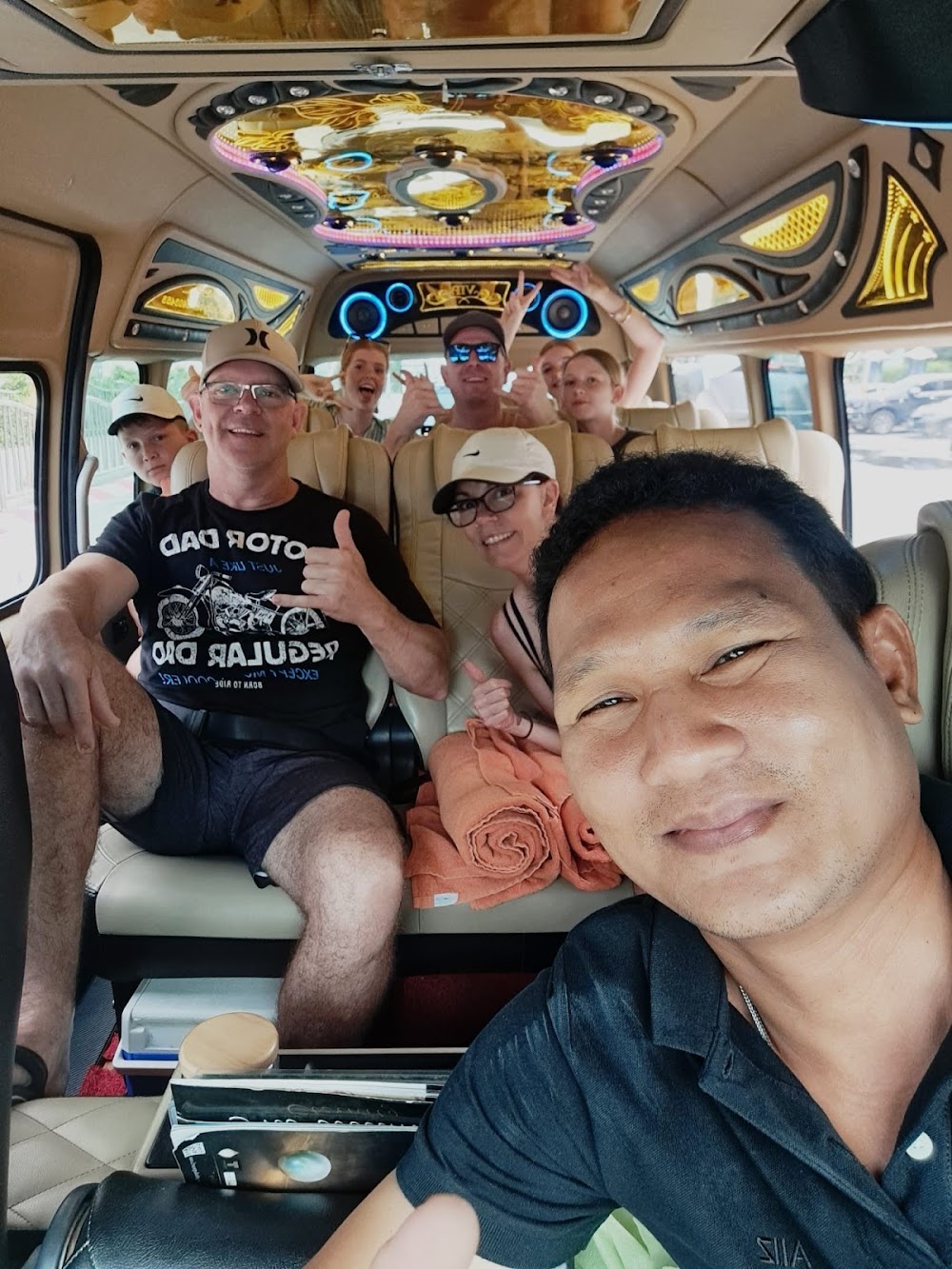
0.43 miles
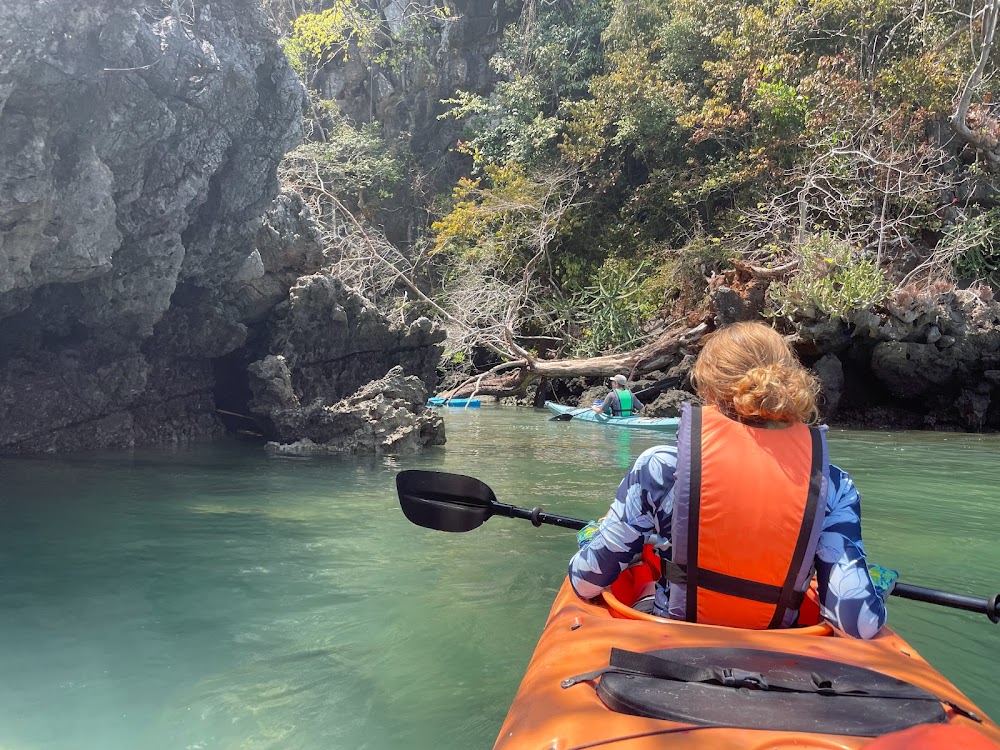
0.54 miles
Salt Evaporation Pond is perched on a picturesque hilltop overlooking Amphoe Mueang, Thailand
If you’re traveling to Cha-am or Hua Hin from Bangkok, you’ll likely pass by the salt flats in Samut Sakhon. If you have your own vehicle and the option to do so, and it’s salt-making season (dry season), stop at one of the salt ponds and have a look. Very interesting and educational. Fascinating to learn about the evaporation process and see how the salt water is pumped into the evaporation ponds (some still using centuries-old windmill technology). One can also get good appreciation for the incredibly harsh work of shoveling and shifting, bagging, and carrying the heavy salt under the blazing sun, reflecting of the salt with blinding force. Of course, buy a few bags of the fresh salt for home use and for gifts. The only negative of the operations is thinking about the rich mangrove forests and swamps that were cleared years ago to make way for the salt ponds.
Drove through the Salt Evaporation Pond and Flats area of Samut Sakhon. Amazing how they quadrant off the property in equal sized shallow pools, and have the sun evaporate the water from the tarps, leaving behind the salt that they rake and dry into small piles to be bagged and sold. Acres and acres of land are used for this process and is a sight to see. The area also has shrimp farms and fish farms from what I could ascertain. Very interesting process, very scenic area.
Salt fields can be found along the drive from Bangkok to Amphawa. Each plot also has a makeshift stall selling their salt. I used this opportunity to teach my kids about evaporation and how salt is made. I didn’t manage to see salt being harvested but I heard that in the dryer months, it’s a common sight. Also, this area is the only area in the whole of Thailand that produces salt so it’s worth a look.
It is easy to drive past these places and only try to guess what they are and then think no more about them however this might get you thinking as Thailand is hot and it reaches temperatures of 40 plus but how does that make water evaporate? Anyway during March I witnessed the harvesting process and it certainly looks like back breaking work as they shovel the salt into wheel barrows and wheel them out across the fields and road leaving the shallow flat beds to be burnt in the baking sun interesting to watch. They also have fish ponds and cockle ponds but I didn’t see any prawn ponds as they appear to be further down the coast line.
Drove through the village called Ban Bang which is where salt is farmed. Very interesting drive but is probably not a tourist destination all by itself.Spending a day at the nearby beach, drive through the salt farms and to finish with a seafood dinner at one of the numerous restaurants would make for a great day, albeit a bit pricey if dining on shellfish.There are crab farms in the area as well if one wants to dine on fresh crabs.
This place is one of the few in Samut Sakhon provice where sea salt is made with same techniques as hundred(s) of years ago. If I do something with meat (BBQ, smoking etc.). This is my destination to go get good quality sea salt. If you are meat enthusiast and you do meat products by yourself. Here you can get all sea salt you ever need. You can even collect it by yourself if you ask. As a tourist destination, this place may be odd but I still say that it’s worth to go see if you are around this area. Buy some salt, have a nice seafood lunch or dinner and ready to head back home.
As you drive from Bangkok to Hua Hin you see many stalls selling salt along the highway. Just off the road you see the many salt ponds. They look like rice paddys or shrimp lagoons but locals can tell the difference. The water in the ponds evaporates leaving behind the salt which is harvested and sold.